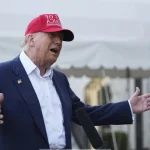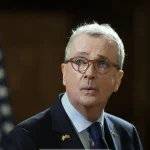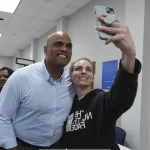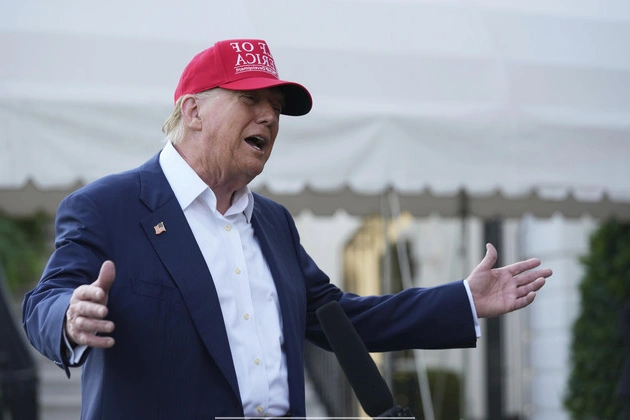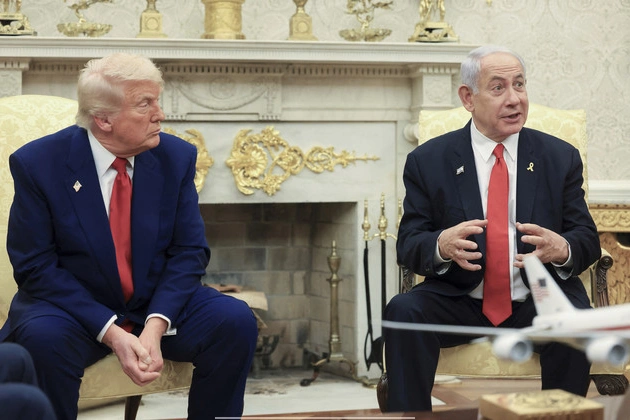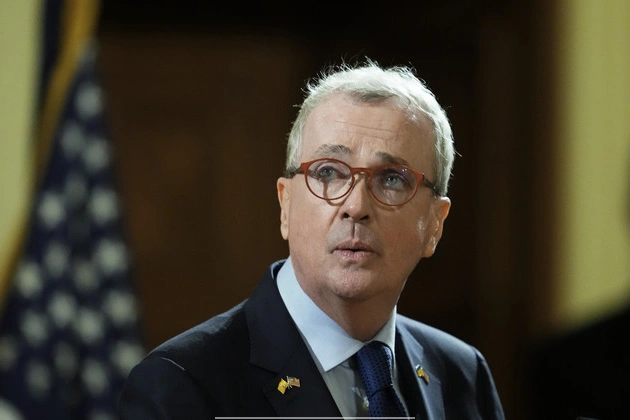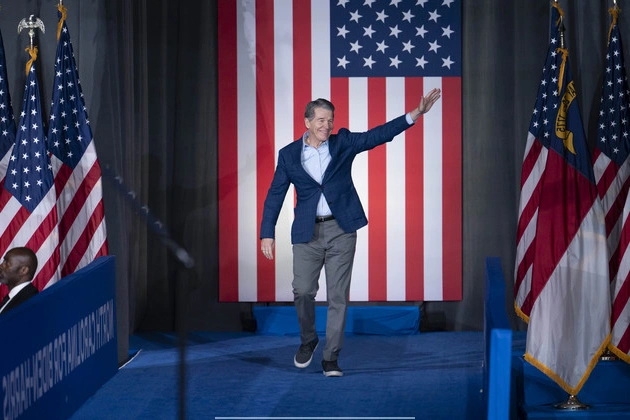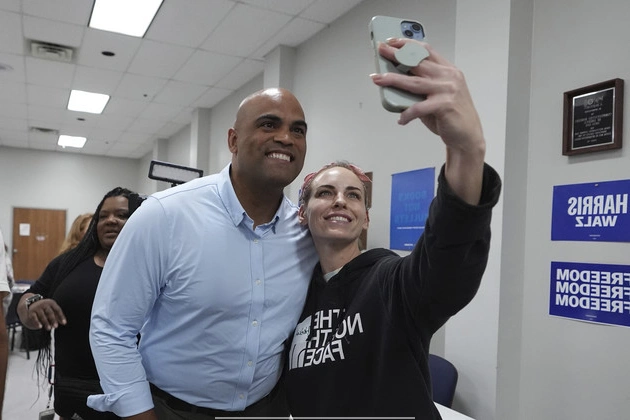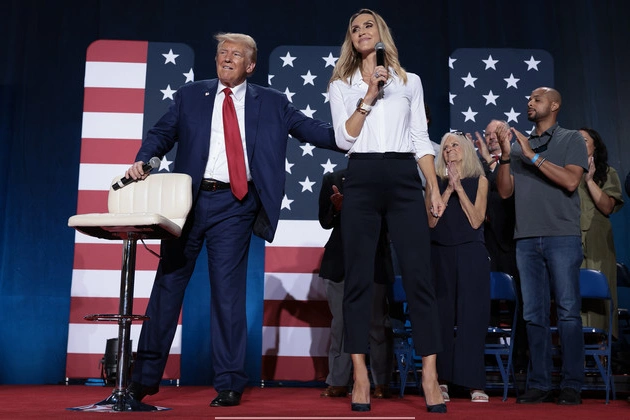
President Donald Trump’s stance on interest rates and the Federal Reserve Chair Jerome Powell has put the latter in a challenging position. Despite the current decision not to cut interest rates, the possibility looms large in the near future.
Trump’s Tariffs and Economic Impact
The imposition of tariffs by President Trump poses a dual threat of slowing economic growth and escalating prices, issues that the central bank is ill-equipped to address simultaneously. Moreover, Trump’s public statements clearly indicate his intention to shift blame to Powell in case of economic downturn.
Potential Pressure on Powell
If economic indicators show a decline, Powell may feel compelled to reduce borrowing costs to stimulate the economy. However, succumbing to such pressure could open the Fed to accusations of bowing to political influence.
Historical Context and Future Implications
The strained relationship between Trump and Powell dates back to the former’s appointment of the latter as Fed chair. Trump’s conflicting economic goals, aiming for growth while implementing restrictive trade policies, further complicate the situation.
Trump’s call for preemptive rate cuts introduces a political dimension to the Fed’s decision-making process, potentially influencing policy changes later this year.
Challenges in Economic Analysis
Economic recessions may not be immediately evident in monthly reports, necessitating a proactive approach in interpreting labor market data. Powell’s reliance on data-driven decisions amidst political pressures underscores the complexities of the current economic landscape.
Market Expectations and Policy Uncertainty
Investors anticipate a rate cut in the near future, reflecting the uncertainty surrounding Trump’s trade policies and their impact on the economy. The timing and extent of rate adjustments remain contingent on evolving economic data.
Strategic Communication and Data Evaluation
Powell faces the challenge of effectively communicating with stakeholders amid fluctuating economic indicators. Maintaining transparency and market confidence are pivotal in justifying potential rate cuts.
Conclusion
The dynamic interplay between political pressures, economic data, and market expectations underscores the intricate challenges facing Powell and the Federal Reserve. Navigating these complexities requires a delicate balance between policy objectives and external influences.
